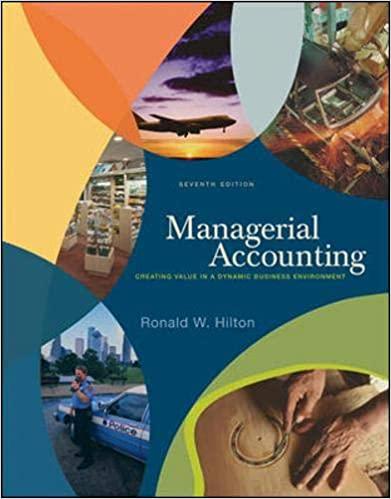L07-1, L07-6 Putnam \& Putnam, a legal firm, uses the balance sheet approach to estimate uncollectible accounts PROBLEM 7.3A expense. At year-end, an aging of the accounts receivable produced the following five groupings. Aging Accounts Recelvable; Write-offs On the basis of past experience, the company estimated the percentages probably uncollectible for the five age groups to be as follows: Group a, 1 percent; Group b, 3 percent; Group c. 10 percent; Group d, 20 percent; and Group c, 50 percent. The Allowance for Doubtful Accounts before adjustment at December 31 showed a credit balance of $7,080. Instructions a. Compute the estimated amount of uncollectible accounts based on the given classification by age groups. b. Prepare the adjusting entry needed to bring the Allowance for Doubtful Accounts to the proper amount. c. Assume that on January 10 of the following year. Putnam \& Putnam learned that an account receivable that had originated on September 1 in the amount of $5.160 was worthless because of the bankruptcy of the client, Safeland Co. Prepare the journal entry required on January 10 to write off this account. d. The firm is considering the adoption of a policy whereby clients whose outstanding accounts become more than 60 days past due will be required to sign an interest-bearing note for the full amount of their outstanding balance. What advantages would such a policy offer? The cash transactions and cash balances of Banner, Inc., for July were as follows. 1. Banner, Inc.'s account for Cash showed a balance at July 31 of $125,568. 2. The July bank statement showed a closing balance of $114,828. 3. The cash received on July 31 amounted to $16,000. It was left at the bank in the night depository chute after banking hours on July 31 and therefore was not recorded by the bank on the July statement. 4. Also included with the July bank statement was a debit memorandum from the bank for $50 representing service charges for July. 5. A credit memorandum enclosed with the July bank statement indicated that a non-interestbearing note receivable for $4,000 from Rene Manes, left with the bank for collection, had been collected and the proceeds credited to the account of Banner, Ine. 6. Comparison of the paid checks returned by the bank with the entries in the accounting records revealed that check no, 821 for $519, issued July 15 in payment for office equipment, had been erroneously entered in Banner's records as $915. 7. Examination of the paid checks also revealed that three checks, all issued in July, had not yet been paid by the bank: no. 811 for $314; no. 814 for $625; and no. 823 for $175. 8. Included with the July bank statement was a $200 check drawn by Howard Williams, a customer of Banner, Inc. This check was marked NSF. It had been included in the deposit of July 27 but had been charged back against the company's account on July 31. Instructions a. Prepare a bank reconciliation for Banner, Inc., at July 31 . b. Prepare journal entries (in general journal form) to adjust the accounts at July 31 . Assume that the accounts have not been closed. c. State the amount of cash that should be included in the balance sheet at July 31 . d. Explain why the balance per the company's bank statement is often larger than the balance shown in its accounting records








